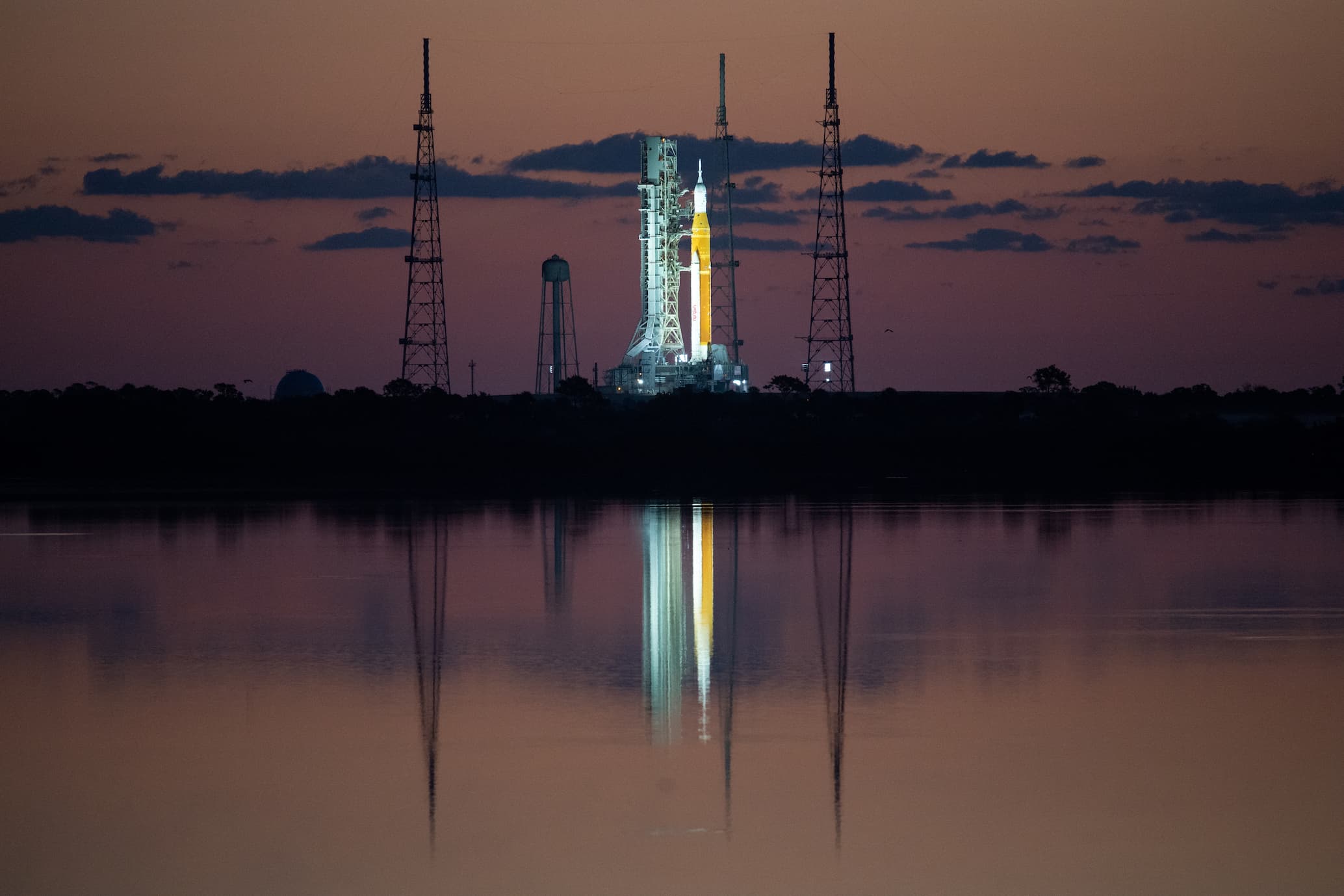With the mounting of Zohar and Helga on board the Orion spacecraft, the preparations for an international experiment - a collaboration between the Israel Space Agency (ISA), the German Aerospace Center (DLR), and NASA have been accomplished and the experiment is ready for the planned launch at the end of August. The experiment called Matroshka AstroRad Radiation Experiment (MARE) will investigate radiation exposure throughout the flight and test the effectiveness of the new protection vest developed by Israeli StemRad, supported by Israel Space Agency within the Ministry of Innovation, Science and Technology of Israel.
Hilla Haddad Chmelnik, Director-General of the Ministry of Innovation, Science and Technology, said: “Israel is one of the very few states that has managed to introduce original technology for Artemis I. This is part of Israel’s long-standing successful space heritage that we are committed to continuously strengthen.”
Artemis I is only the first in a series of planned deep-space missions aimed at paving the way to a new generation of human explorations of the Moon and Mars. The Artemis plan will include landing the first woman and the first person of color on the Moon, establishing the first long-term presence on the Moon, and sending the first astronauts to Mars.
MARE addresses one of the greatest health hazards for crews on space missions beyond low-Earth orbit – space radiation. Until today, all manned missions to explore space, besides Apollo’s missions to the moon, were limited to low-Earth orbits where most of the harmful radiation, including those due to solar storms and cosmic galactic radiation, is shielded by the Earth magnetic field.
In lieu of a human crew, Artemis I's Orion spacecraft will be carrying two identical manikin torsos, dubbed Helga and Zohar and manufactured from materials that mimic human bone, soft tissues, and the organs of an adult female. Female forms have been chosen because women typically have greater sensitivity to the effects of space radiation. Zohar will be wearing the StemRad radiation vest, which covers the upper body, the uterus, and blood-forming organs, while Helga will not. The manikins are equipped with radiation detectors, which will enable scientists to map internal radiation doses to bodily areas containing critical organs. Identical in every other way, they will inform scientists on how well the new vest may protect crew from radiation, while also collecting data on how much radiation astronauts might experience inside Orion on a lunar mission – conditions that cannot be recreated on Earth.
The experiment is co-managed by ISA and DLR, with the assistance of Lockheed Martin, manufacturer of the Orion spacecraft, for NASA. NASA will participate in the experiment as co-principal investigator.
ISA will provide the AstroRad vest, and DLR will provide the manikins and the majority of the radiation detectors. If successful, the chances are high that the astronauts will be wearing the AstroRad vests during the space mission planned for the next decade.
Uri Oron, Director of the Israel Space Agency at the Ministry of Innovation, Science and Technology said: "Artemis I, the first in a series of missions to build long-term human presence at the Moon, is amongst the most extraordinary challenges by humanity. We are proud to be part of this tremendous effort alongside StemRad, DLR, NASA, and many other partners on the largest radiation experiment to leave Earth’s orbit."
Dr. Oren Milstein, StemRad’s founder and CEO, said: “Our team has worked extremely hard to design, tweak and improve AstroRad and we are confident that it will pass the challenges presented during the Artemis I mission with flying colors."











